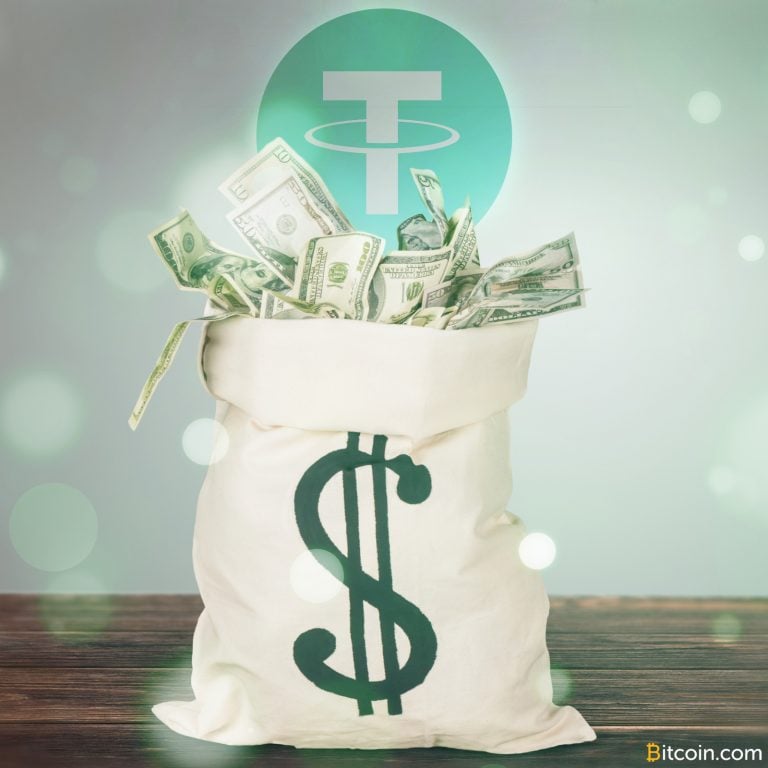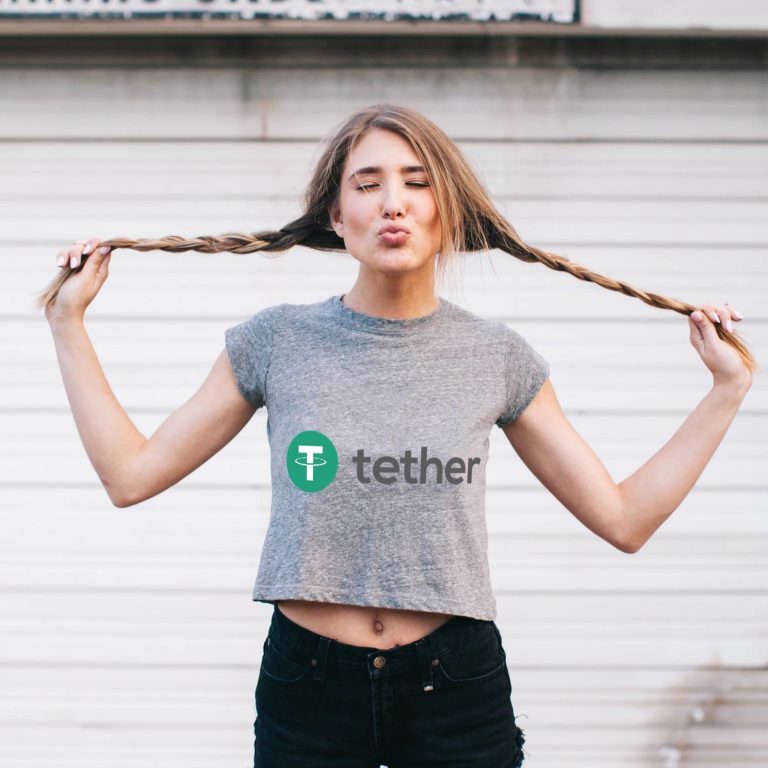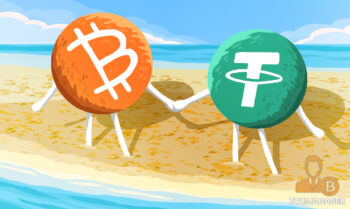2019-1-15 22:25 |
The previous year has been marked by a lot of things, including high-profile crypto exchange hacks, two market crashes, a year-long bear market, and of course — stablecoins. 2018 has been quite an eventful year for fiat pegged coins, which started emerging due to high volatility of regular cryptocurrencies.
The most popular stablecoin, Tether (USTD) was also a center of a large controversy because it was unable to provide insight into its bank accounts and confirm that it can actually back all of its circulating coins. However, a number of other stablecoins emerged, threatening to take its place if Tether doesn't start providing regular audits. USD Coin (USDC), Paxos Standard (PAX), Gemini (GUSD), and TrueUSD, to name a few, are all quite reputable compared to USDT.
While none of them are truly decentralized due to the fact that they depend on fiat currencies in possession of their parent companies, they still provided much-needed stability in difficult times that crypto investors had to go through.
Still, their connection to fiat money means that they are troubled by a different set of difficulties. While their value may be guaranteed, they often do not comply with AML and KYC procedures, which may lead to the banks suspending accounts if there is suspicion of the coins being used for illegal activities.
It is because of this that many view stablecoins as a current alternative to crypto, but not as a long-lasting solution that will lead to the decentralized web, which aims to be controlled by the community.
In fact, the only stablecoin that has the real potential while still being fully decentralized is MakerDAO's DAI.
How does DAI differ from other stablecoins?While most other stablecoins are backed by fiat currencies, there are also other methods of securing a stable price. One such method would be to control the number of coins in circulation, and some projects are trying to control their value in this way. However, other coins, such as DAI itself, tend to take a different approach and secure their value by relying on other tokens.
DAI keeps its value stable by deploying multiple smart contracts in Ethereum's network. Instead of being backed by fiat money, or some other type of physical asset, DAI uses a specific amount of Ethereum obtained through smart contracts to generate its own stable tokens. There are a lot of similarities between DAI and traditional money, although DAI can remain decentralized, as it is fully automated and transparent.
This also means that any user can create new decentralized money without any issues, as long as it is secured by the appropriate amount of ETH. The concept was put to the test recently after ETH price dropped from $200 to $86, and everyone was wondering how DAI will react to the change.
However, DAI remained stable, as the coins' creation requires that the secured collateral should be at least 166%. In other words, the emission made by users becomes a collateralized debt position, and it starts to liquidate when the index of position coverage falls under 150%. ETH is then sold at a discount, which allows users to cover the debt.
Due to the price drop not affecting DAI, the coin inspired a lot of trust in the community, and many have turned to this particular stablecoin as a result. In fact, some estimates claim that the DAI system managed to accumulate around 1.7 million ETH, which translates to $255 million. Meanwhile, the amount of DAI coins has climbed to 70 million,
In addition, MakerDAO system also houses another coin — Maker (MKR). This is a token that provides network participants with voting rights, as well as the ability to pay off borrowing rates. The system which combines these two coins has proven to be very stable and practical, with a number of new benefits being available to the users.
Can DAI replace ‘centralized' stablecoins?The main question regarding DAI is whether or not it can take the spotlight away from stablecoins that can be affected by banks. There are several problems with this, with the first one being the restriction on the total amount of DAI. For example, using 10% of Ethereum as collateral only generates about $939 million in DAI at the current prices. Of course, this amount can surge together with Ethereum's own value.
Then, there is the problem regarding liquidity and DAI's ability to trade, as it is mostly just paired against Ethereum. There is also a noticeable lack of DAI trading pairs against fiat, which means that anyone wishing to cash out has to go through several currencies (and a number of fees) in order to get to their money.
Right now, there are only two exchanges that offer these trading pairs — Ethfinex and EXMO.
One reason for such a small number of DAI/USD trading pairs is the fact that most of the exchanges are interested in working with institutions, instead of decentralized systems. In other words, despite DAI's advantages, it is difficult for this coin to gain support. Even so, DAI is successfully expanding on its own, albeit slowly. In the last year, MakerDAO ecosystem managed to grow from $3 million to more than $70 million, meaning that the expansion of the ecosystem is still happening.
origin »Tether (USDT) íà Currencies.ru
|
|

























